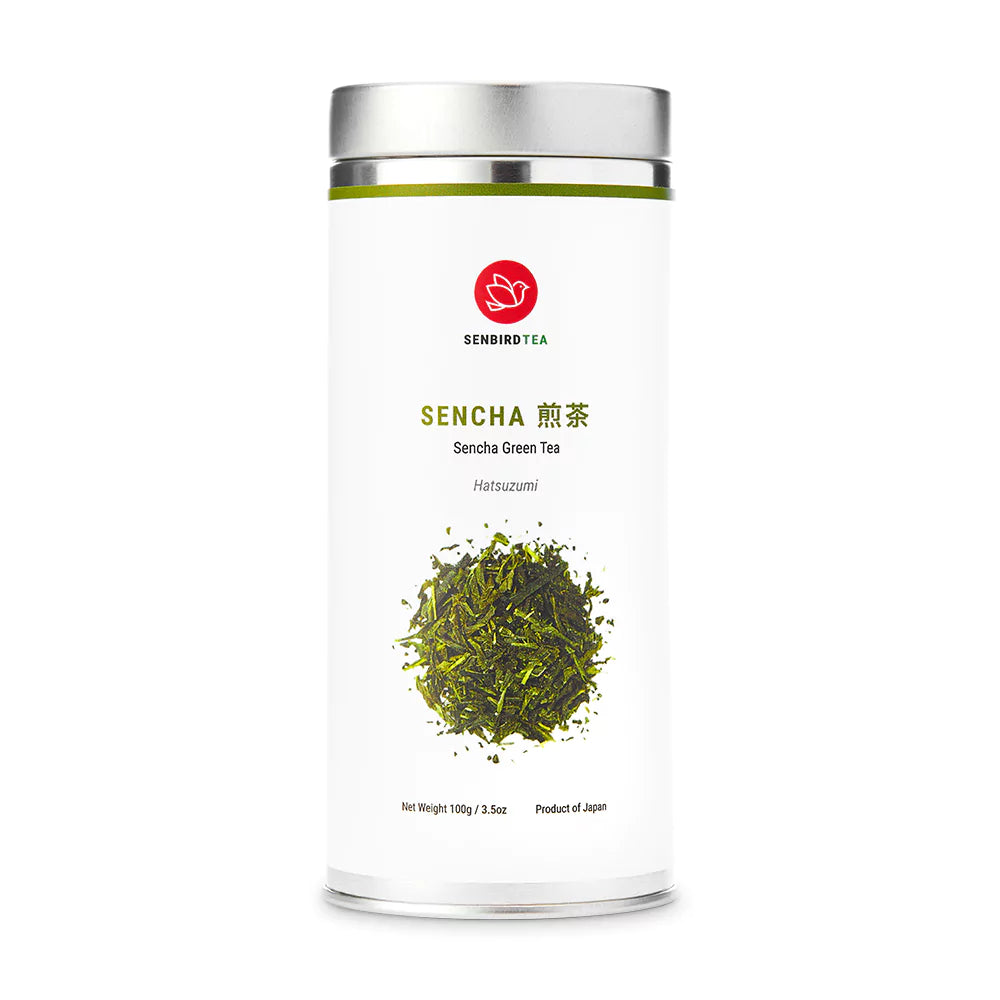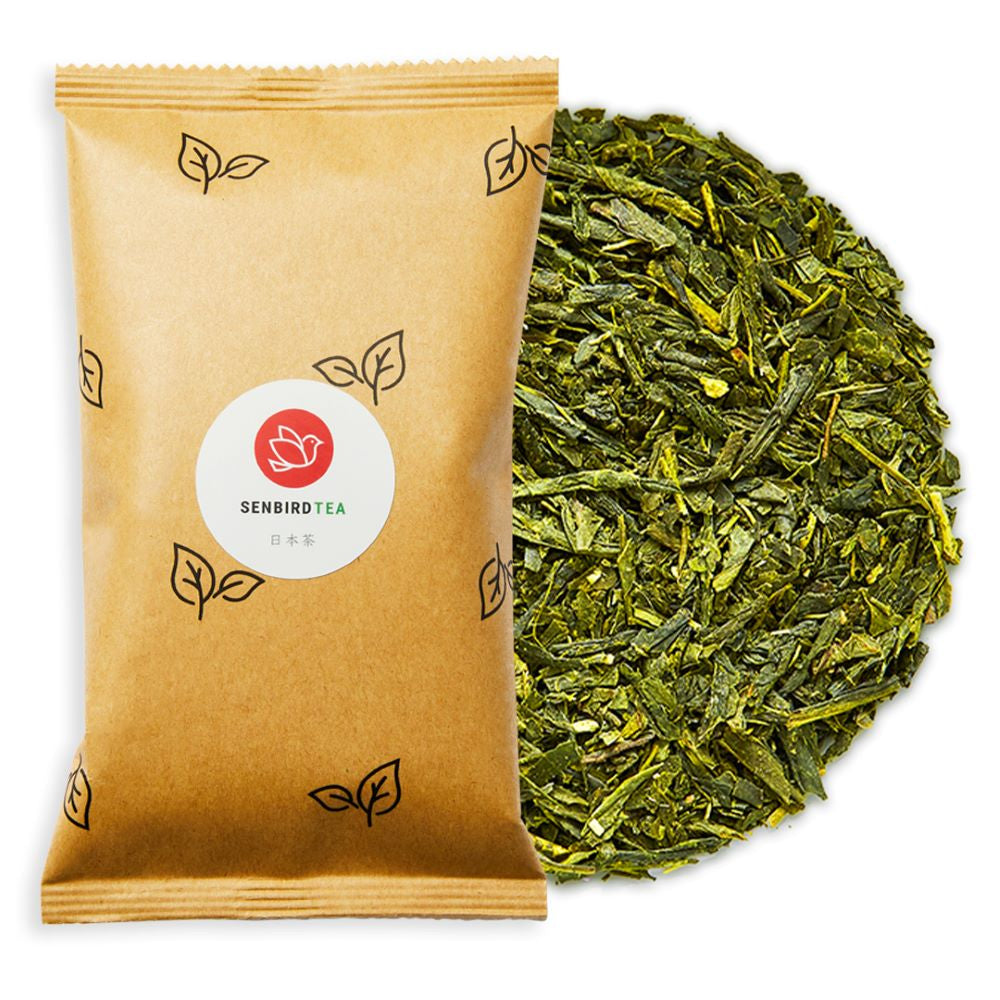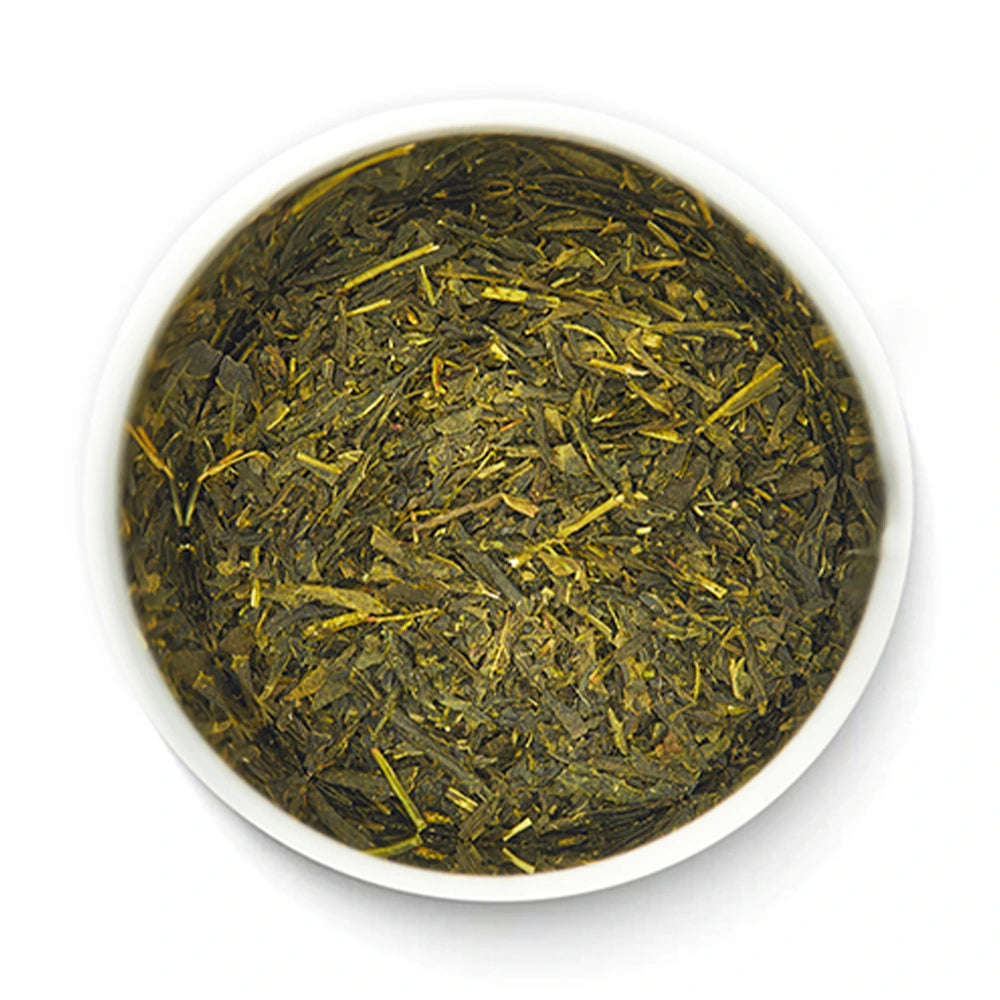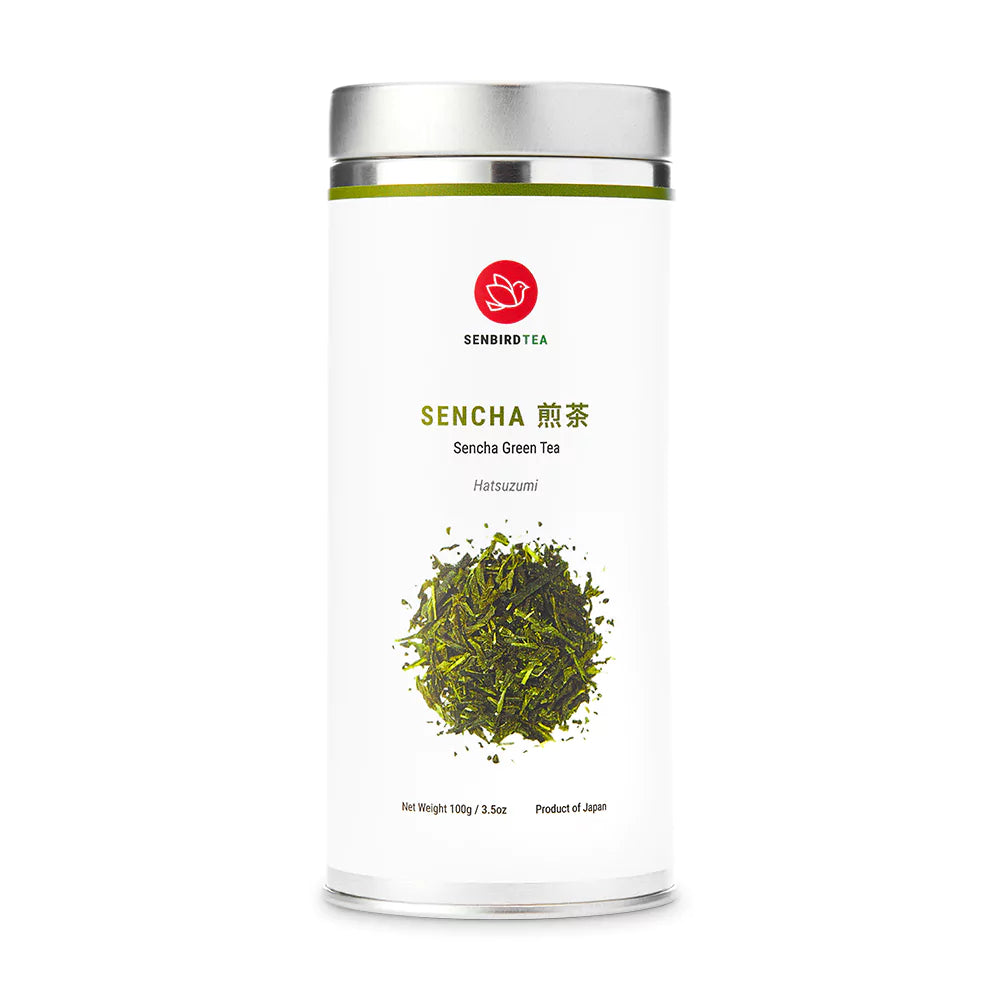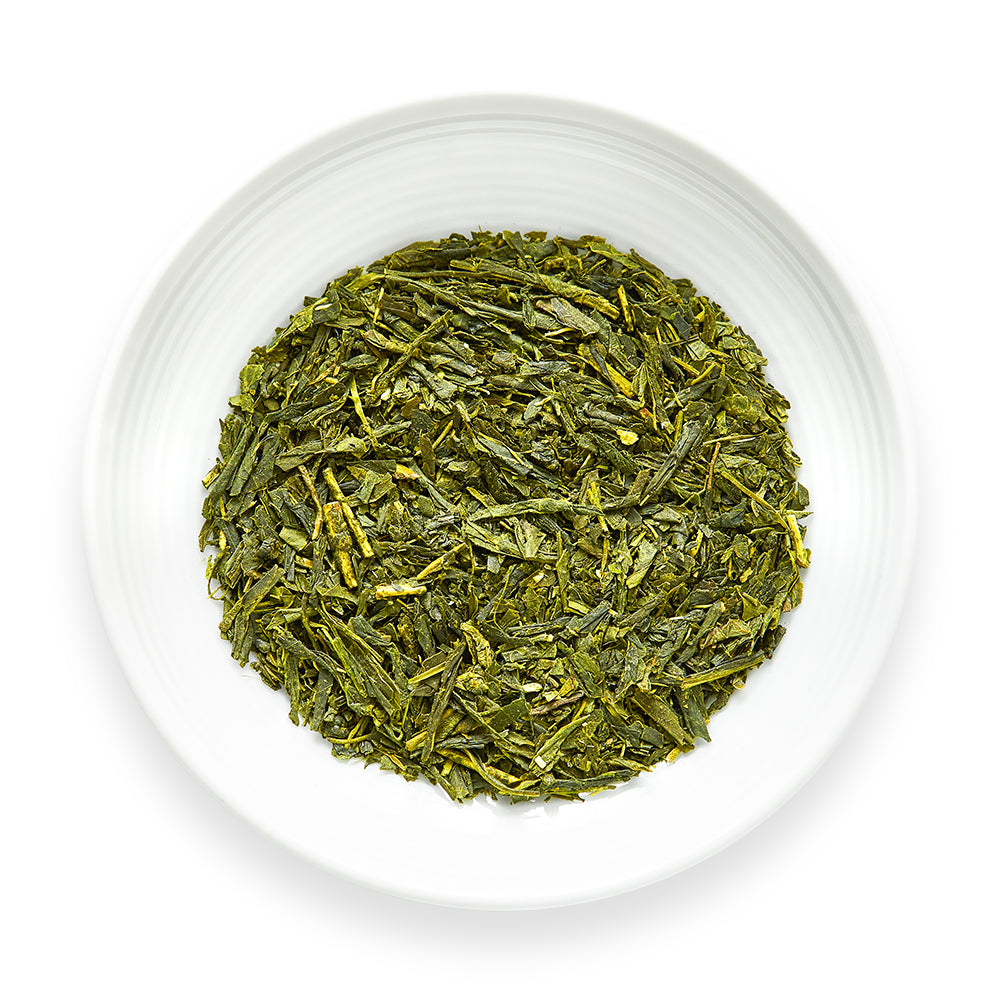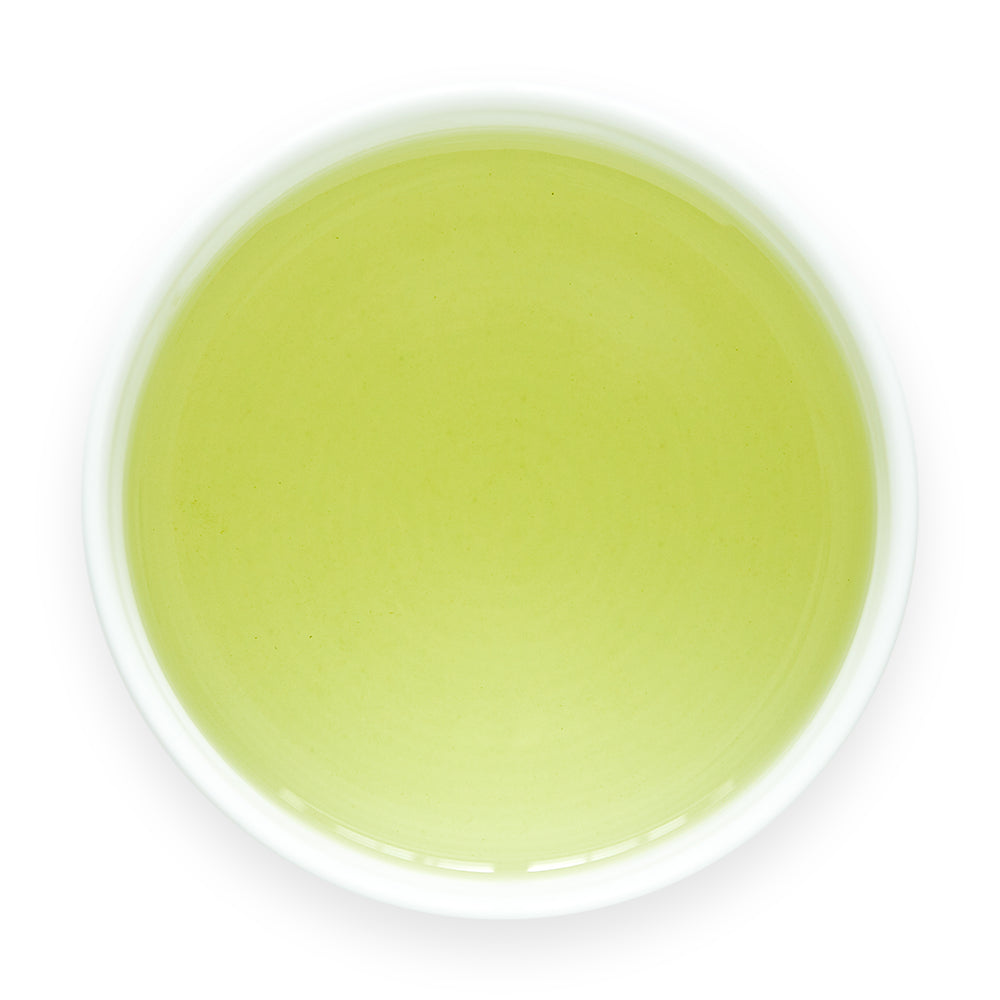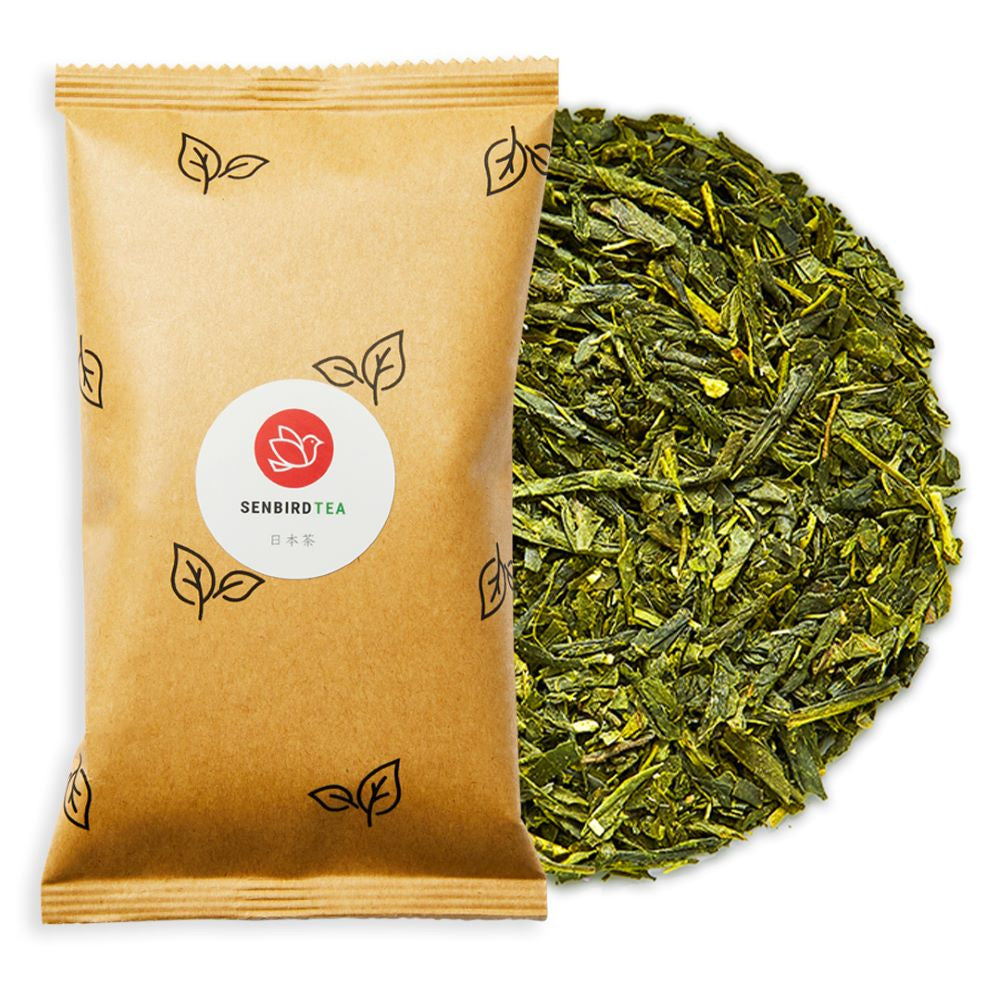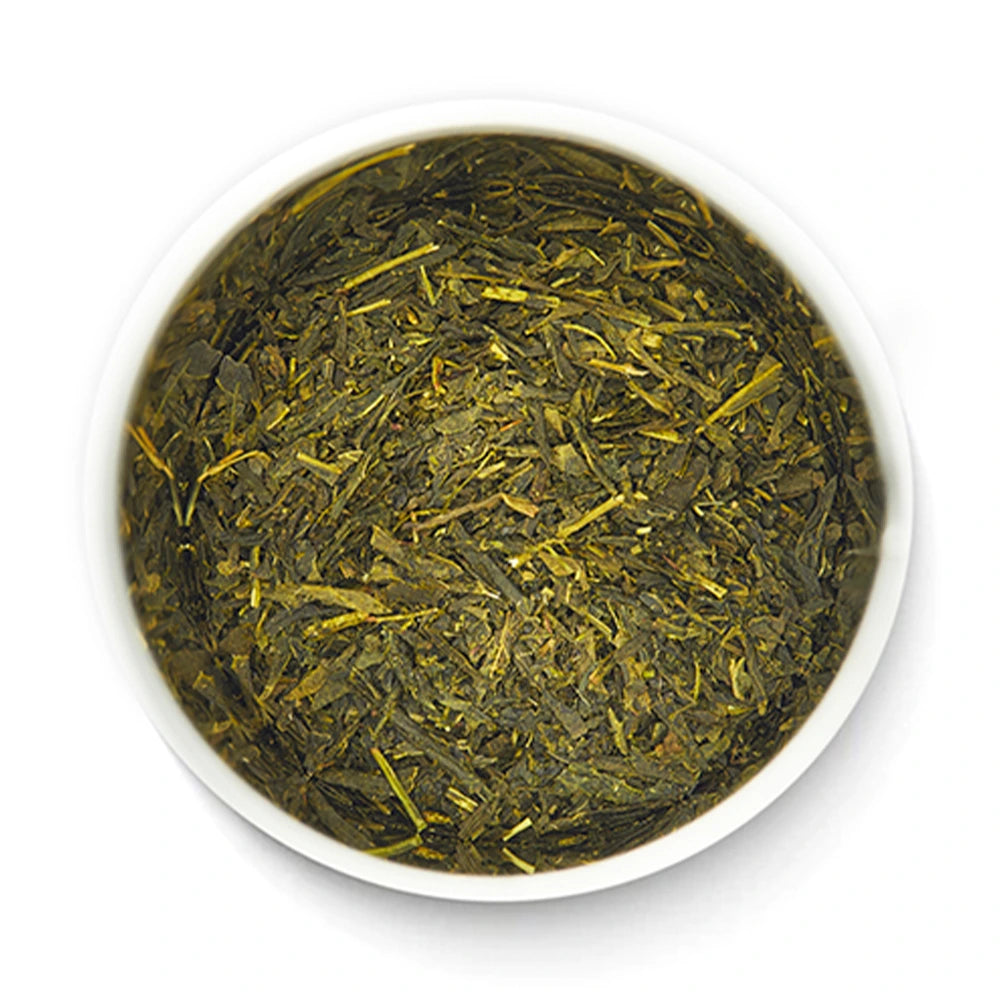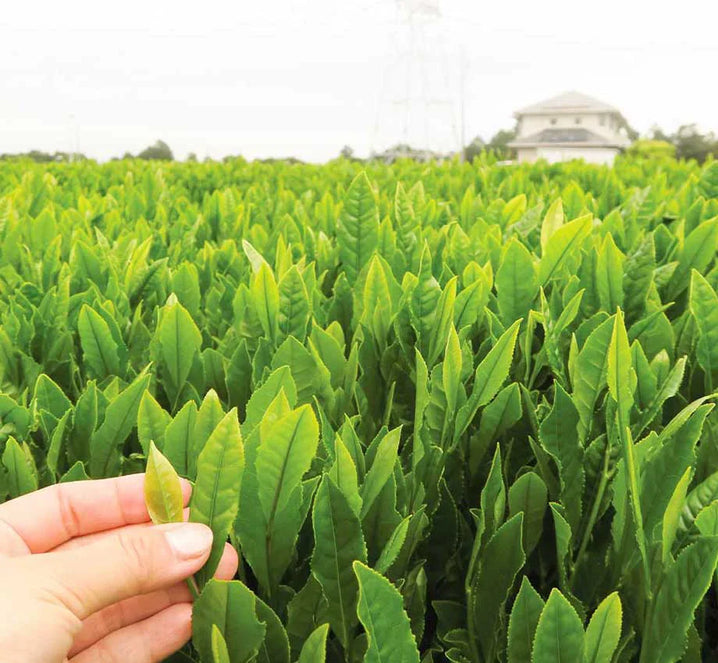
Japanese Green Tea Cultivars and Characteristics: Everything You Need to Know
Have you ever wondered about the different types of green tea leaves and their unique characteristics? In fact, the variety of Japanese green tea cultivars opens up a fascinating world of flavors, aromas, and colors to explore. While green tea is widely enjoyed for its refreshing taste and impressive health benefits, many people don’t realize how much the tea cultivar shapes its unique qualities. To shed some light on this, let’s dive into popular Japanese green tea cultivars and discover what makes each one truly special.

What are Japanese Green Tea Cultivars?
To begin with, a cultivar refers to a plant variety that has been selectively bred to enhance specific traits, such as flavor, aroma, or pest resistance. In Japan, for example, there are numerous unique green tea cultivars, each thoughtfully cultivated to bring something distinct to the table. By exploring these cultivars, you can gain a deeper appreciation for the complexity and rich diversity of Japanese green tea.
13 Popular Japanese Green Tea Cultivars
1. Yabukita
Yabukita is, without a doubt, Japan's most widely used tea cultivar, accounting for an impressive 77% of the country’s tea production. Not only is it celebrated for its high yield, but it is also prized for its frost resistance and adaptability to various growing conditions. As a result, Yabukita has become the quintessential green tea variety. Furthermore, its long, straight leaves feature an intense green color, which contributes to producing a tea with a well-balanced flavor and rich umami taste. Additionally, its characteristic aroma and soothing qualities further enhance its appeal, making Yabukita a true embodiment of the essence of Japanese green tea.
2. Yutakamidori
3. Sayamakaori
4. Kanayamidori
5. Okumidori
6. Saemidori
7. Seimei
8. Harunonagori
9. Sakimidori
10. Asatsuyu
11. Sun Rouge
12. Tsuyuhikari
13. Harumoegi

Have you tried any of these Japanese green tea cultivars?
Green tea leaves come in various cultivars, each with its own unique characteristics. Whether you prefer the balanced flavor of Yabukita, the strong bitterness of Yutakamidori, or the sweet aroma of Kanayamidori, there is a green tea cultivar to suit every palate. Exploring the diverse world of green tea cultivars can be a delightful journey for any tea enthusiast. Why not start your own tasting adventure and discover the unique flavors and aromas that each cultivar has to offer?
🍵 What's your favorite Japanese green tea? Take a picture and tag us on Instagram at @senbirdtea or #senbirdtea. We’d love to see your moment with tea!
If you want to read more articles on Japanese green tea, check them out here:
- Shizuoka's Secret: The Best Green Tea in Japan
- 3 Traditional Japanese Tea Houses To Visit in Kyoto
- The Origin of the Name "Tea"
- Where Tea Originated: A Brief History of Tea in China, Japan and the West
- The Best Gift Guide for Japanese Tea Lovers
- Ultimate Guide to Japanese Green Tea
- Sencha Green Tea for Detox and Cleansing
- Caffeine in Japanese Green Tea
Share your moment with us and stay connected on:

